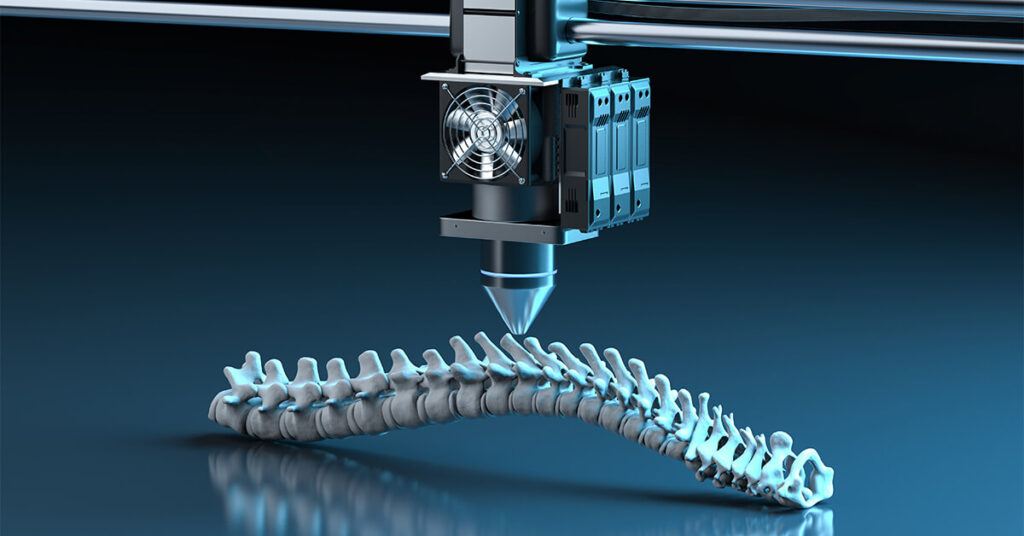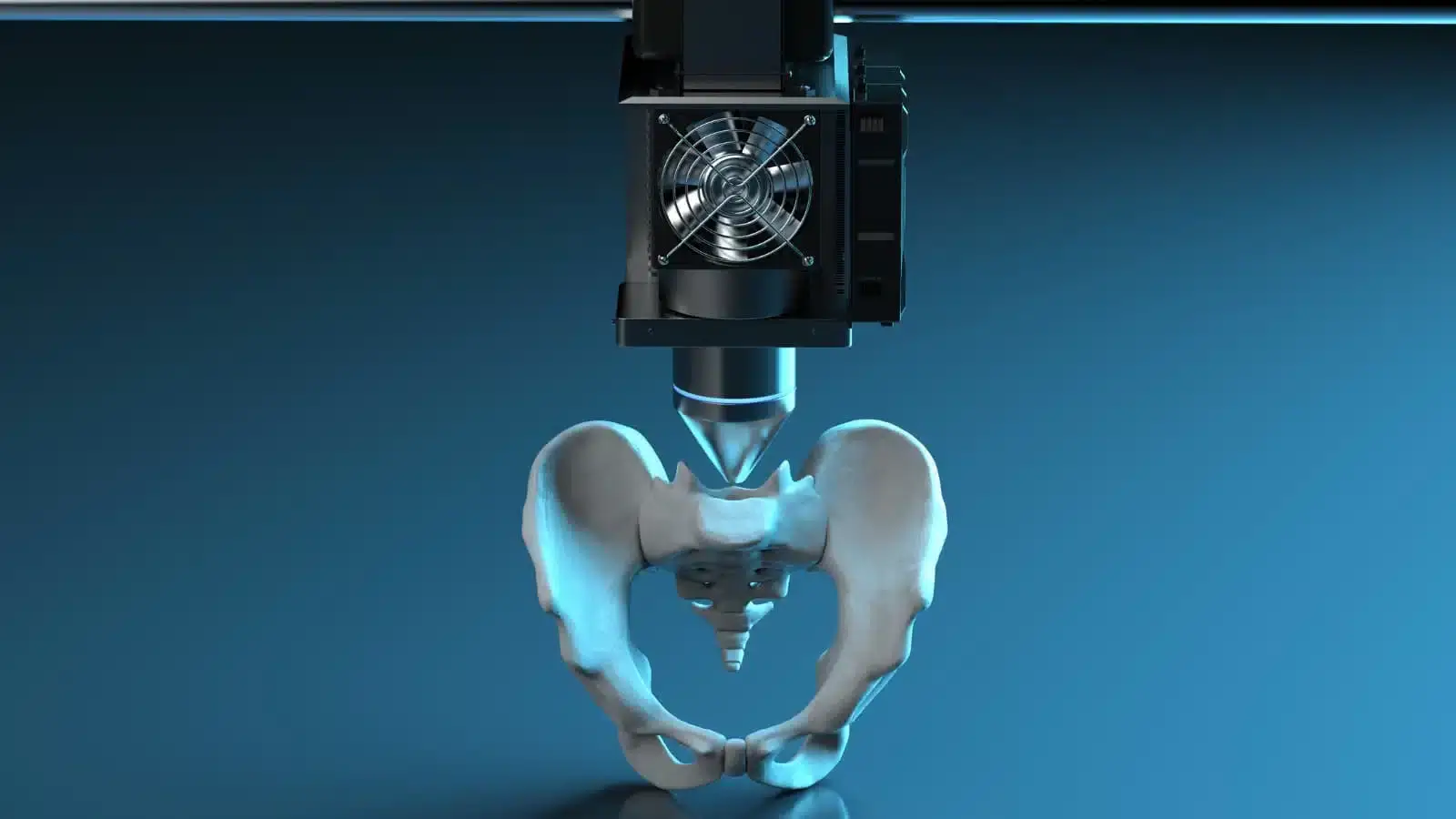The Advantages of Medical 3D Printing in Healthcare
Medical 3D printing has emerged as a groundbreaking technology that is revolutionizing the healthcare industry. This innovative technique allows for the creation of three-dimensional objects, such as medical devices, implants, and even human organs, using a layer-by-layer approach. The advantages of medical 3D printing in healthcare are numerous and have the potential to transform the way we approach patient care.
Key Benefits of Medical 3D Printing
One of the key advantages of medical 3D printing is its ability to create customized and personalized medical devices. Traditional manufacturing methods often rely on mass production, resulting in a one-size-fits-all approach. However, every patient is unique, and their medical needs may vary. With 3D printing, healthcare professionals can design and produce medical devices that are tailored to the specific requirements of each patient. This level of customization ensures a better fit, improved functionality, and ultimately, enhanced patient outcomes.
Another advantage of medical 3D printing is its ability to reduce costs. Traditional manufacturing processes can be expensive, especially when producing complex and intricate medical devices. However, 3D printing eliminates the need for expensive molds or tooling, as objects can be directly printed from a digital file. This not only reduces production costs but also allows for on-demand manufacturing, eliminating the need for large inventories. As a result, healthcare providers can save money and allocate resources more efficiently, ultimately benefiting patients by making healthcare more affordable.
Furthermore, medical 3D printing enables rapid prototyping and iteration. In the past, developing new medical devices or implants could be a time-consuming and costly process. However, with 3D printing, healthcare professionals can now quickly create prototypes and modify them as needed. This iterative approach shortens development cycles while ensuring that medical devices are refined and optimized before use on patients. This technological innovation not only improves patient safety but also accelerates the pace of innovation in the healthcare industry.

In addition to personalized medical devices, it has the potential to revolutionize organ transplantation. The shortage of donated organs is a major challenge in healthcare, with many patients waiting years for a suitable match. However, 3D printing offers a promising solution by creating artificial organs using a patient’s own cells. This technology, known as bioprinting, has the potential to eliminate the need for organ transplants entirely. While bioprinting is still in its early stages, it has shown promising results, with researchers successfully printing functional tissues and organs such as skin, blood vessels, and even miniature human hearts. The ability to print organs on demand could save countless lives and transform the field of transplantation.
In conclusion, medical 3D printing offers numerous advantages that have the potential to revolutionize the healthcare industry. From personalized medical devices to the creation of artificial organs, this innovative technology is transforming the way we approach patient care. The ability to customize medical devices, reduce costs, accelerate innovation, and potentially eliminate the need for organ transplantation are just a few of the many benefits that medical 3D printing brings to the table. As this technology continues to advance, we can expect even more exciting developments that will shape the future of healthcare.
